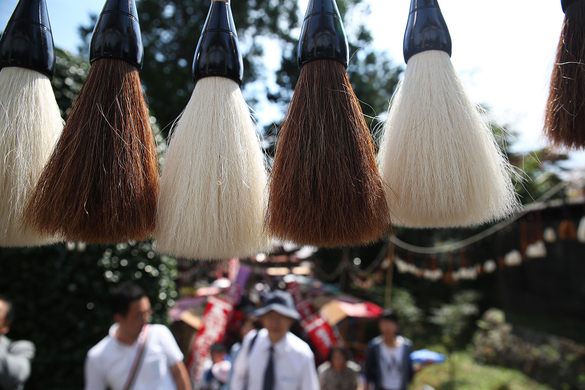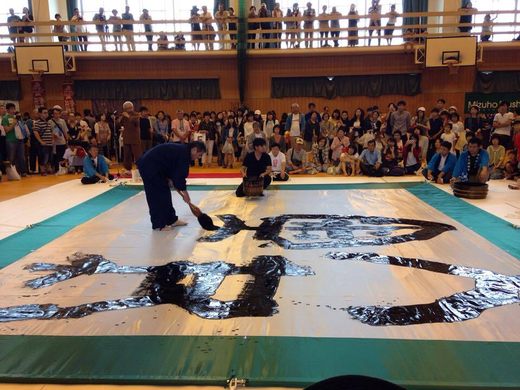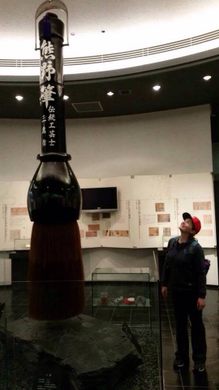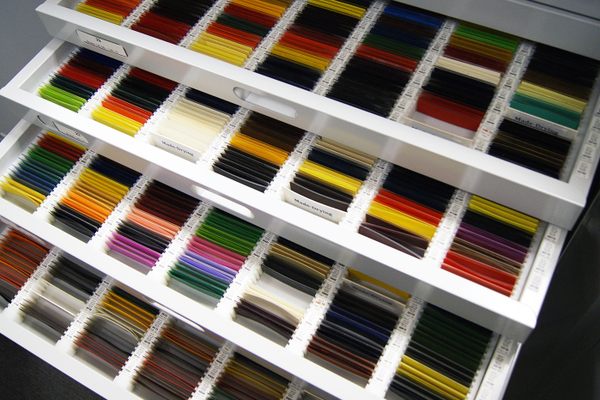Fudenosato Kobo Brush Museum
This little town supplies Japan with most of its calligraphy brushes, still made by hand from animal fur.
About 80 percent of all Japanese brushes—painting brushes, calligraphy brushes and makeup brushes—are hand-made in the small town of Kumano.
Fudenosato Kobo calligraphy brushes have been famous since the mid-19th century, when a few local men began improving upon the brush designs they had seen in other towns. Kumano quickly became known as the best producer of brushes, and when Japan mandated schooling in the 1870s, the little town was busy producing brushes for all the writers who needed them.
Today, a large chunk of Kumano’s population—some 1,500 out of 27,000—are brush makers, and over 80 percent of the country’s brushes are made here in the same artisanal style. At the Fudenosato Kobo Brush Museum, visitors can see a variety of these brushes specific to the region, including one of the largest brushes in the world, measuring 12 feet long and weighing 880 pounds.
A master craftsman hand-makes each brush in a 12-step process using animal hairs, which gives the brushes their soft, silky feel. As the museum’s exhibits illustrate, the brushes have been used for all kinds of crafts, including painting, calligraphy, sign and label making, illustration, and even makeup application. High-end makeup brands such as Chanel, Christian Dior, and Shiseido still sell Kumano brushes with their products. Brushes are made differently depending on their specific purpose: One particularly soft brush is made for babies’ hair, while another one is made out of baby hair (this one is purely commemorative). Visitors can try their hands at making their own brushes, or see how it’s really done by watching the masters.
Every year during the Autumn Equinox, the town of Kumano hosts the Brush Festival. The festival has been going on for more than 80 years. Attendees can see a master use a giant calligraphy brush to paint equally giant kanji characters. Brushes dangle on strings around town as decoration. Attendees bring their own used, broken brushes, and cremate them in a ceremonial fire to commemorate them for their work. There are also brush dances, and the one autumn ritual highlight in which the local men spin a huge boat on the ground and throw out sweets to children.
Know Before You Go
Kumano is about a 30 minute drive from Hiroshima city. The exhibit text is entirely in Japanese.





















Follow us on Twitter to get the latest on the world's hidden wonders.
Like us on Facebook to get the latest on the world's hidden wonders.
Follow us on Twitter Like us on Facebook